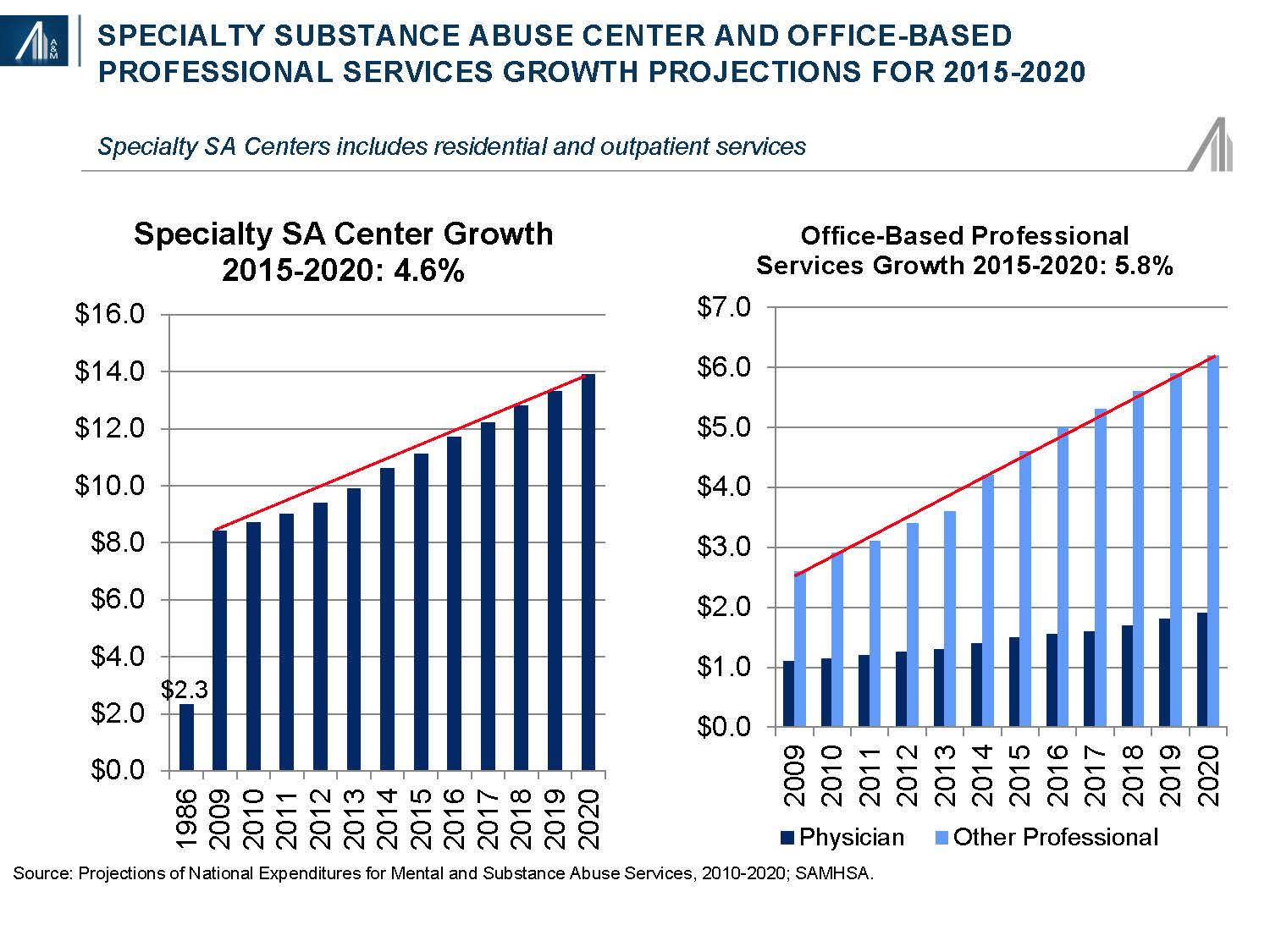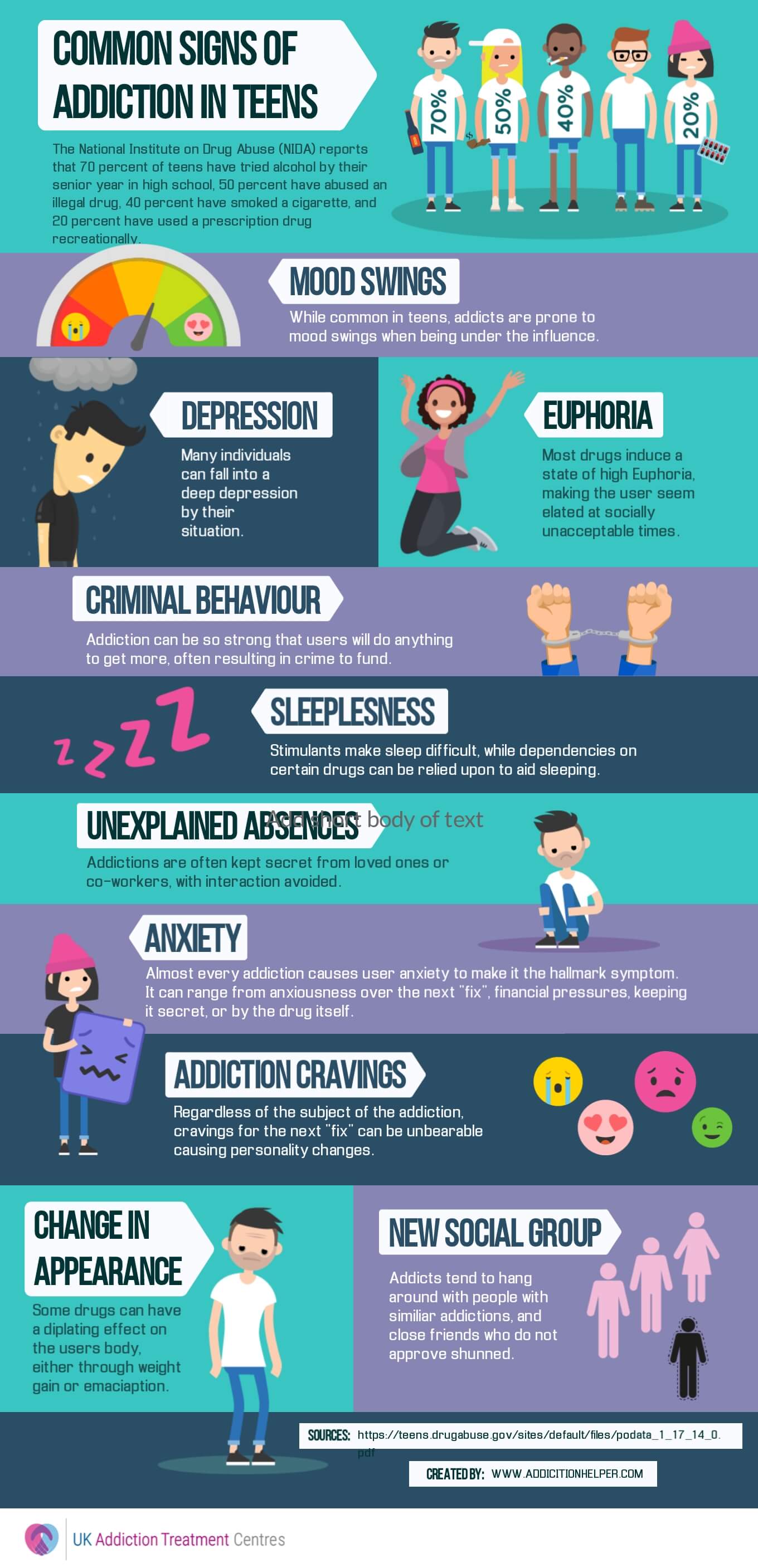Some centers might charge up to $10,000 for outpatient treatment. Extensive outpatient treatment is a more detailed variation of outpatient care that usually includes several appointments each week that last about 3 hours each day. This level of care can cost between $3,000 and $10,000 for 1 month of treatment.
PHP usually costs in between $350 and $450 per day. A 2016 report by the U.S. Department of Defense approximated the expense of treatment for various opioid treatment programs. According to https://transformationstreatment1.blogspot.com/2020/07/anxiety-disorders-treatment.html the report, buprenorphine-assisted treatment that includes medication and 2 weekly sees costs about $5,980 annually. Methadone-assisted treatment comprising daily integrated psychosocial and medical assistance expenses $6,552 per year, and naltrexone-assisted treatment that consists of drug administration and associated services costs $14,112 per year.
Other areas provide programs complimentary of charge, paid for by state taxes. These state-sponsored programs normally have long waiting lists. Assistance groups such as Alcoholics Anonymous and Narcotics Anonymous are another option for people in healing (what is the treatment for sexual addiction). For more than six decades, these 12-step programs have assisted countless individuals achieve or keep sobriety through regular meetings.
Looking for more details about the cost of rehab?We can assist you. Insurance coverage is the most typical payment option for rehabilitation. Every strategy is various, and most require clients to pay deductibles or copayments. The Affordable Care Act requires all insurance prepares to cover treatment for mental health issue, including compound use disorders.
The Main Principles Of Forum How To Charge For Copays Addiction Treatment

Medical insurance plans marketed by the personal medical insurance market are an option to government-run insurance coverage programs. do you have to pay an employee who is seeking addiction treatment. Frequently used through employers, these strategies cover health care for majority of Americans. Many individuals do not wish to pay thousands to go to rehabilitation, even when addiction has actually overtaken their lives.
Public health insurance, such as Medicaid and Medicare, also supplies healthcare protection to countless Americans who don't have employer-based or personal insurance coverage. But insurance does not cover everything. Like other health services, clients will need to pay some expenses expense. However, there are a variety of ways to spend for rehab, and it deserves it.
Spending for rehabilitation totally out of pocket is uncommon, however some individuals choose this route to participate in high-end rehab centers or to hide their treatment from employers. Many drug rehabilitation facilities have rates for money payment. Out-of-pocket payments might be more feasible for less extensive outpatient treatment. Extensive residential treatment is a lot more expensive.
It often varies from $5,000 to $50,000. Individuals who spend for drug rehabilitation expense may consider raising money in a range of ways. They can offer individual items, downsize their living circumstance, ask for loans from family and friends or request cash contributions. Paying out of pocket isn't realistic for numerous individuals.
Facts About How Much Does The Us Spend On Addiction Treatment Yearly Uncovered

That amount of missed out on time at work can cause bills to accumulate, making copayments and deductibles tough to afford. The objective of drug and alcohol rehab is to set the person in healing up for success after treatment, not to bankrupt them. Many centers offer budget-friendly funding alternatives that are based upon specific scenarios.
Patients can likewise obtain individual loans to cover the staying costs of treatment, or they might consider paying with a charge card. The interest accrued by loans and credit cards might appear unattractive, but it's less expensive than the long-lasting costs of overlooking the requirement for treatment. Federal and state governments supply funding to alcohol and drug rehabilitation facilities to supply treatment to patients who have no other method to spend for it. what is the most common form of medical treatment for opioid addiction.
Solutions differ based on the state's requirements for addiction treatment. The type of services used depends upon the source of the financing. The number of sources is too great to describe all of the possible benefits, according to the Drug abuse and Mental Health Providers Administration. For example, state-funded treatment may be mandated by the criminal justice system or social services.
State departments of education, health or economic advancement might each play a function in financing aftercare services, such as occupation training. The kind of training readily available differs by place and program. The U.S. Department of Labor's Welfare-to-Work program funds employment services that resolve barriers to finding work, including compound use condition treatment and task training for people in healing.
Getting The What Is Cognitive As A Treatment For Drug Addiction By Sofuoglu, M. About To Work
Department of Real Estate and Urban Development funds a variety of prevention, intervention, treatment and cost effective housing efforts for individuals affected by drug abuse. Child Protective Providers funds foster care for teens or teenagers who are victims of abuse or neglect. The funding may likewise cover compound use disorder treatment for teens or parents at risk of losing their kids.
The long-term cost of addiction is higher than the instant cost of paying for drug rehabilitation, and there are lots of methods to pay for aid. Many treatment programs run in between 21 and 90 days, though some can be as long as 180 days. The longer you remain, the more you pay.
Inpatient and residential treatments are typically priced higher than outpatient services since clients get 24/7 care on-site. Typically, the average expense of outpatient care is a fraction of what many inpatient programs expense. Some facilities provide special facilities for their clients, consisting of individual chefs and personal rooms. For instance, Next Generation Village, located in Sebring, Florida, offers a workout gym, laundry centers and sporting activities.
For example, the Loft, a sober-living center in Brooklyn, New york city, runs around $8,500 monthly. Assures, a luxury rehabilitation center nestled on the beaches of Malibu, California, can cost as much as $120,000 per month. Looking for a payment option that is right for you?We have actually programs created particularly for you.
7 Easy Facts About How To Become An In Network Provider For Addiction Treatment Described
According to the National Institute on Substance Abuse, research has suggested that most individuals who enter and remain in treatment stop using drugs, minimize their criminal activity and enhance their mental, social and occupational efficiency. Many individuals go into rehabilitation with an addiction and leave with a clearer mind and body.
Those who avoid rehabilitation run the risk of losing their tasks, destructive relationships, homelessness or even death. The expense of rehab must never prevent an individual from treatment. Lots of rehabilitation centers work with the individual to guarantee they receive assistance. Our alcohol and drug treatment centers deal reasonably priced programs run by highly qualified medical experts who wish to see their patients improve.
com aims to enhance the quality of life for people battling with a substance usage or mental health disorder with fact-based content about the nature of behavioral health conditions, treatment options and their related outcomes. We publish material that is looked into, cited, edited and reviewed by certified doctor. The info we supply is not planned to be an alternative to expert medical advice, diagnosis or treatment.
